If you are looking for a holiday destination with wonderful, tropical weather in a welcoming, safe environment. Then think about Bonaire. Bonaire is a popular holiday destination among Dutch tourists and for good reason. From idyllic beaches to adventurous hikes. And from a beautiful underwater world to a large portion of culture. Bonaire has it all!
About Bonaire
Bonaire is located in the the Caribbean and officially belongs to The Netherlands† In 2010, the Netherlands Antilles were dissolved as an independent country and Bonaire is part of a municipality of the Netherlands. Well, everyone would like to live in that municipality, right?! Bonaire is part of the so-called ABC islands: Aruba, Bonaire en Curaçao, with Curaçao being the most popular.
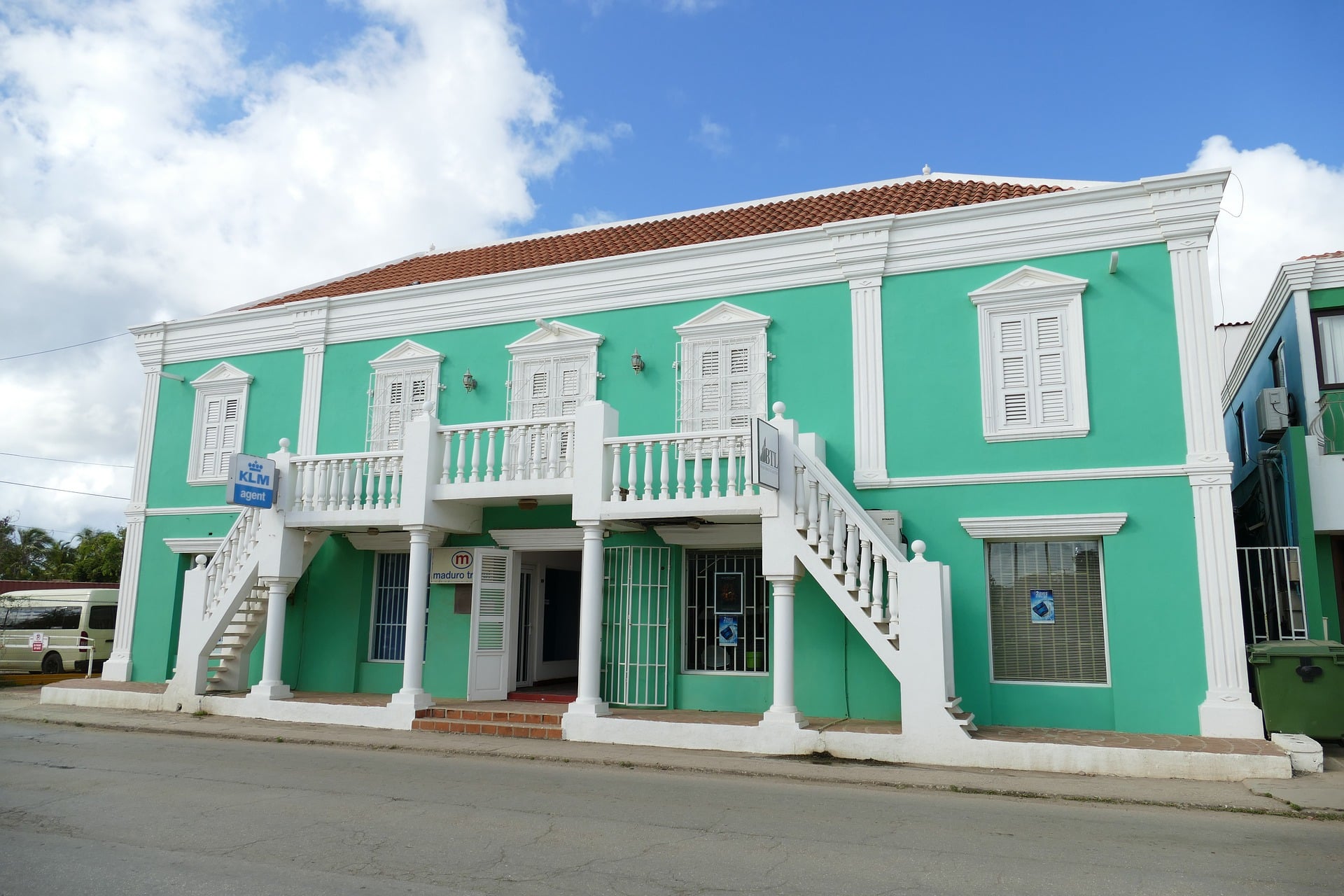
Compared to Curaçao, Bonaire is sparsely populated. The islands are the same size, but there are no less than eight times more inhabitants on Curaçao than on Bonaire. So you are looking for a destination where you will not be disturbed too much by other residents, tourists, expats or... digital nomads, then choose Bonaire.
Tip:: Would you like more information about Bonaire such as the climate, the best time to travel and practical tips? Then read on below the list of all sights.
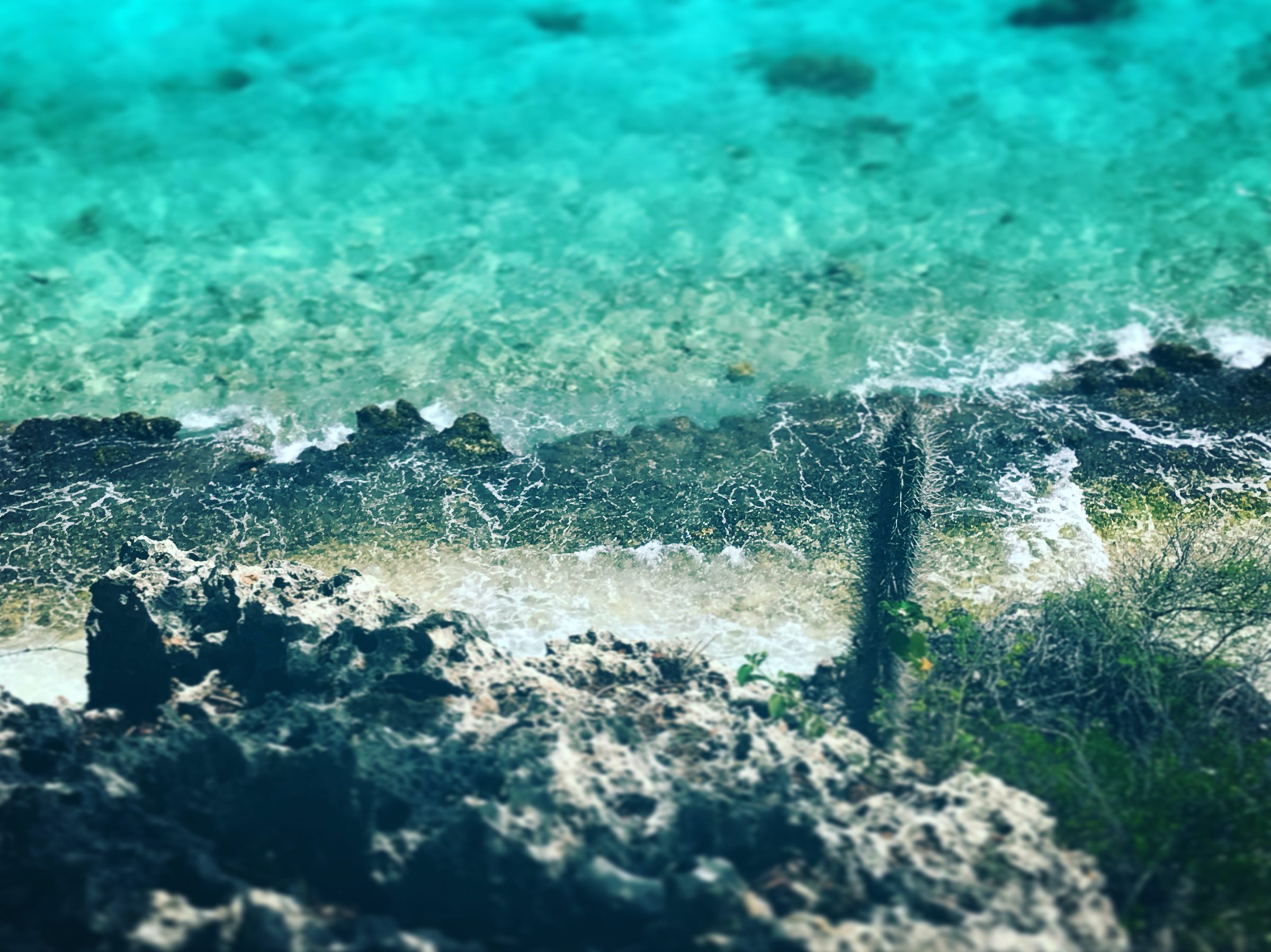
18x what to do on Bonaire
1. Rent a car to explore the island
The best way to explore Bonaire is it rent a car† You do this at sunnycars.nl, because this is a Dutch company with an all-in price where your insurance is also well arranged† Do not be tempted by local or cheaper providers, they almost never have the insurance in order or you pay a huge additional price in the end. And the few tens difference is simply not worth the risk.
Bonaire is not very big, so you could do this in one day. Do you like to take your time everywhere? Then allow at least 2 days for it. The biggest advantage of a renting a car is that you are extremely flexible and can stop wherever you want. This is in contrast to an organized tour.
2. Viewpoints on Bonaire
The Seru Largu viewpoint is located at an altitude of 123 meters. Also known as 'the mountain'. Pretty original, right? It is the fourth highest mountain on Bonaire.
There are also some other official lookout points on Bonaire:
- Seru Largu (Click here for Google Maps location)
- Kaya Para Mira (Click here for Google Maps location)
- Alta Mira Unjo (Click here for Google Maps location)
- Goto Lake (Click here for Google Maps location)
- Altamira Ujo (Click here for Google Maps location)
- Brandaris (Click here for Google Maps location)
The top of the Seru Largu can be reached by car via a winding road. At the top are several benches where you can fully enjoy the beautiful view and the Millennium Monument. A yellow colored monument with a white cross on top. Next to the monument, you can even spot wild donkeys on the top of the mountain. The other viewpoints are, just like Seru Largu, sights where you can walk around, and where you have a beautiful view in some places. Go explore them!
3. Washington Slagbaai National Park
Another fun Bonaire to do is to visit the Washington Slagbaai National Park. (Google maps location here† This national park is with such 6.000 hectares the residence for more than 500 different animal and plant species. It is the habitat of, among other things, the green iguana and if you are lucky you might come across a iora against, a rare bird. You will also find rock formations, salt lakes, limestone caves, sand dunes and limestone terraces here.
The park is open daily from 8.00 a.m. to 17.00 p.m. for cars, cyclists and pedestrians. Keep in mind that the park is sometimes inaccessible to cars during the rainy season.
Tip:: You can rent the harbor houses in the National Park for an overnight stay. This way you sleep in the middle of nature!

4. Hiking on Bonaire
Bonaire is known for its beautiful underwater world, but the island also has a lot to offer above water. Did you know that you can also take beautiful walks through nature on Bonaire? The landscape is surprisingly diverse with cacti the size of trees, spectacular blowholes and pink flamingos in the salt lakes. You come to viewpoints that you cannot reach by car and you can spot, for example, the rare yellow-winged Amazon parrot (Lora).

Do you want to discover the best walking routes on the island? Then go on the road with Hike Tours Bonaire. A professional walking guide will take you to the most beautiful places on the island and will tell you everything about the nature, animals and history of Bonaire during the walk. A walk should not be missing on your to do list for Bonaire!
5. Visit the slave houses on Bonaire
On the dyke in the south that separates the Pekelmeer from the Caribbean Sea, you will find the world famous and unique slave houses of Bonaire. The houses date from the year 1850, before that time the slaves even slept in the open air or in wooden huts. It is unimaginable how they could 'live' here. Sometimes as many as six slaves slept in one house. Without windows, with only small doors. And that after a hard day's work. Fortunately, slavery was completely abolished in the Antilles in the year 1863.
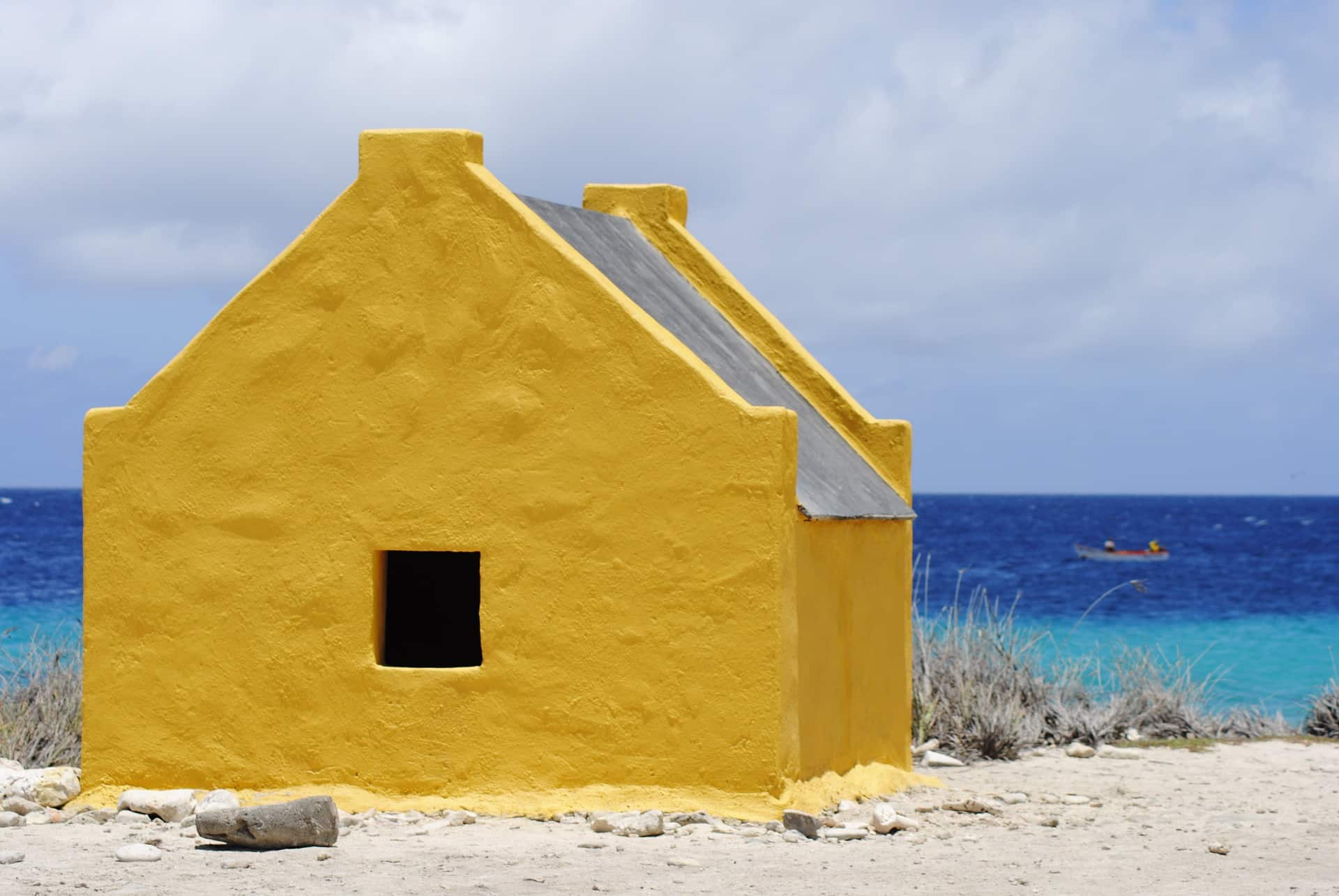
6. Dive or snorkel at 1000 Steps Beach
1000 Steps Beach is one of the most famous beaches and locations to diving in Bonaire, 9 kilometers from the capital Kralendijk. The chances are quite high that you will spot sea turtles here in the crystal clear waters. 1000 Steps Beach is located under a large cliff. To reach the beach you have to take a staircase (surrounded by tropical plants). Do you dread having to climb so many steps to get to a beach? No worries, the staircase does not have 1000, but only 67 steps. Then why is it so called? Perhaps because it does feel like 1000 steps when you have to go up..

7. Visit the most beautiful beach
On the south side of Lac Bay you will find one of the most beautiful beaches on Bonaire: Sorobon Beach† Unlike other beaches on Bonaire, you will not find pebbles here, but white sand. Lovely to chill out for a day. You can also shoot the 'perfect picture' of your holiday on Bonaire here. Sorobon Beach is also popular with windsurfers.
8. Visit the Donkey Sanctuary
De Donkey Sanctuary takes care of donkeys from Bonaire in order to subsequently offer them a protected life. More than 700 donkeys currently live in the Sanctuary where they have complete freedom and are provided with food and medical care. When you are on Bonaire it is not only great fun to see these donkeys in such a large group, it is also impressive how the owners do this. You can voluntarily contribute by donating, buying something or adopting a donkey. What would you do?
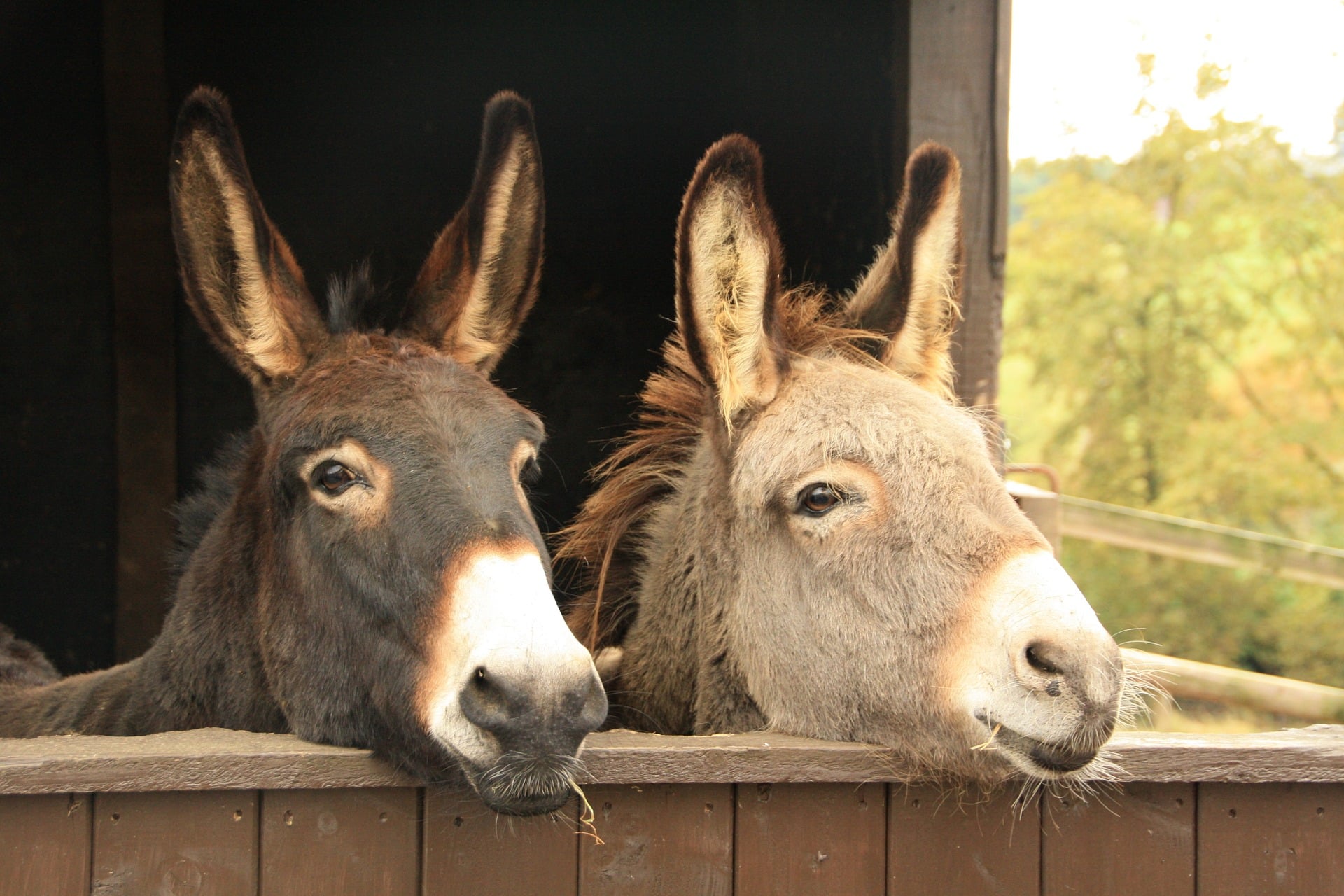
9. By boat to Klein Bonaire
Would you like a day trip to an uninhabited island? On the island Little Bonaire you imagine yourself in a real paradise. Beautiful white sand, a clear blue sea and nothing else. But that's what's so wonderful about this place. From Bonaire you can reach Klein Bonaire within 15 minutes by water taxi. You can also rent a boat yourself to experience more freedom. Don't forget to bring your snorkel gear!
10. Bonaire National Marine Park
Lac Bay is a protected area by the Bonaire National Marine Park. A Bonaire to do if you want to spot the large mountains of Karko shells. That is certainly worth it. In addition, this place is also excellent for snorkeling (and spotting turtles)!
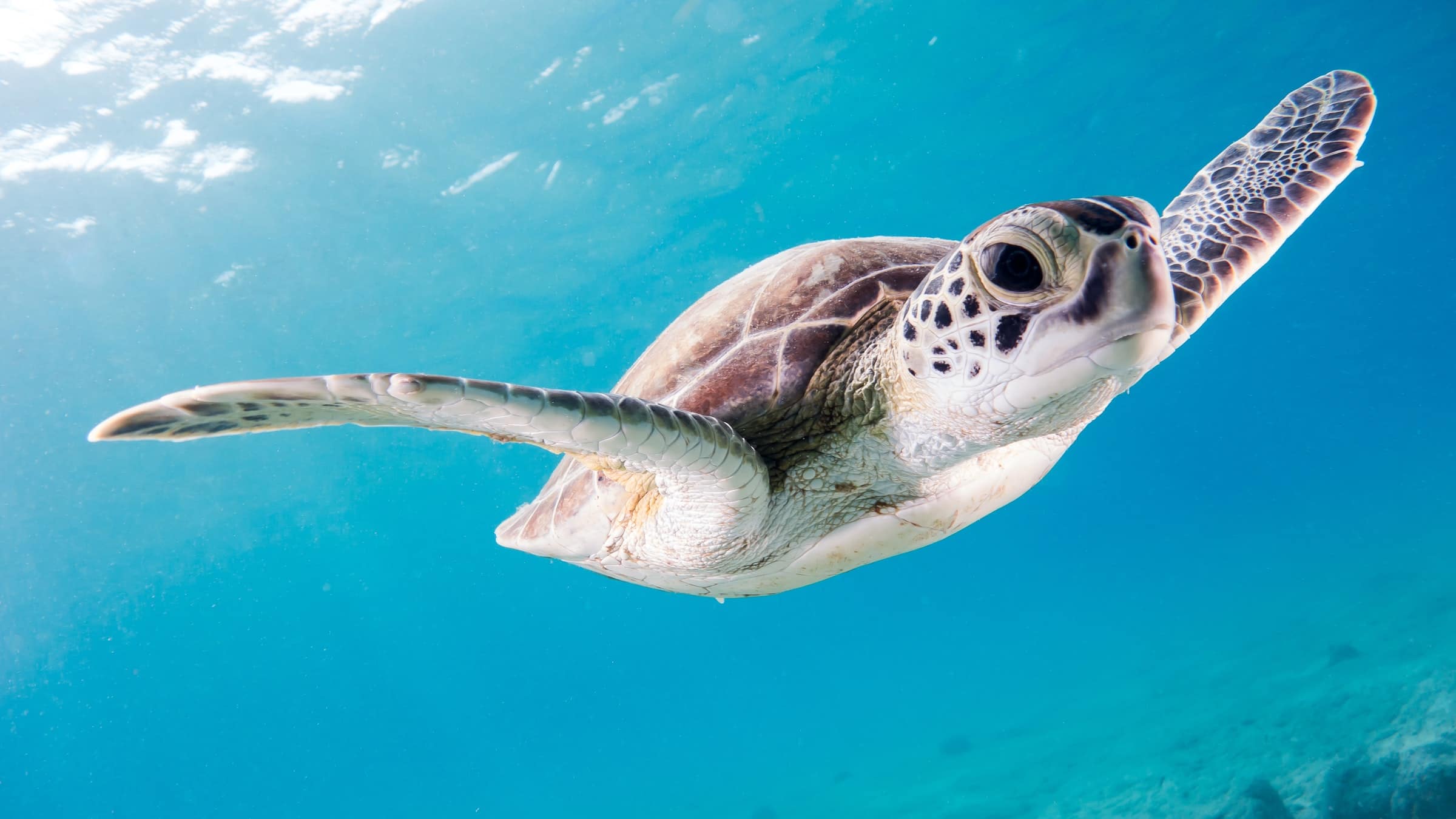
11. Ghost hotel Esmeralda
As far as we are concerned, abandoned buildings are always a must! There is a wonderful, mysterious vibe and there is always a story behind such a place. You can freely enter the abandoned hotel Ghost Hotel Esmeralda and it is full of graffiti artworks.
12. The boulevard in Kralendijk
Along the boulevard of the capital Kralendijk you will find various souvenir shops, restaurants, bars and terraces. The boulevard is long and there is a lot to see along the way. And (it's getting boring... but...), the view is fan-tas-tic!
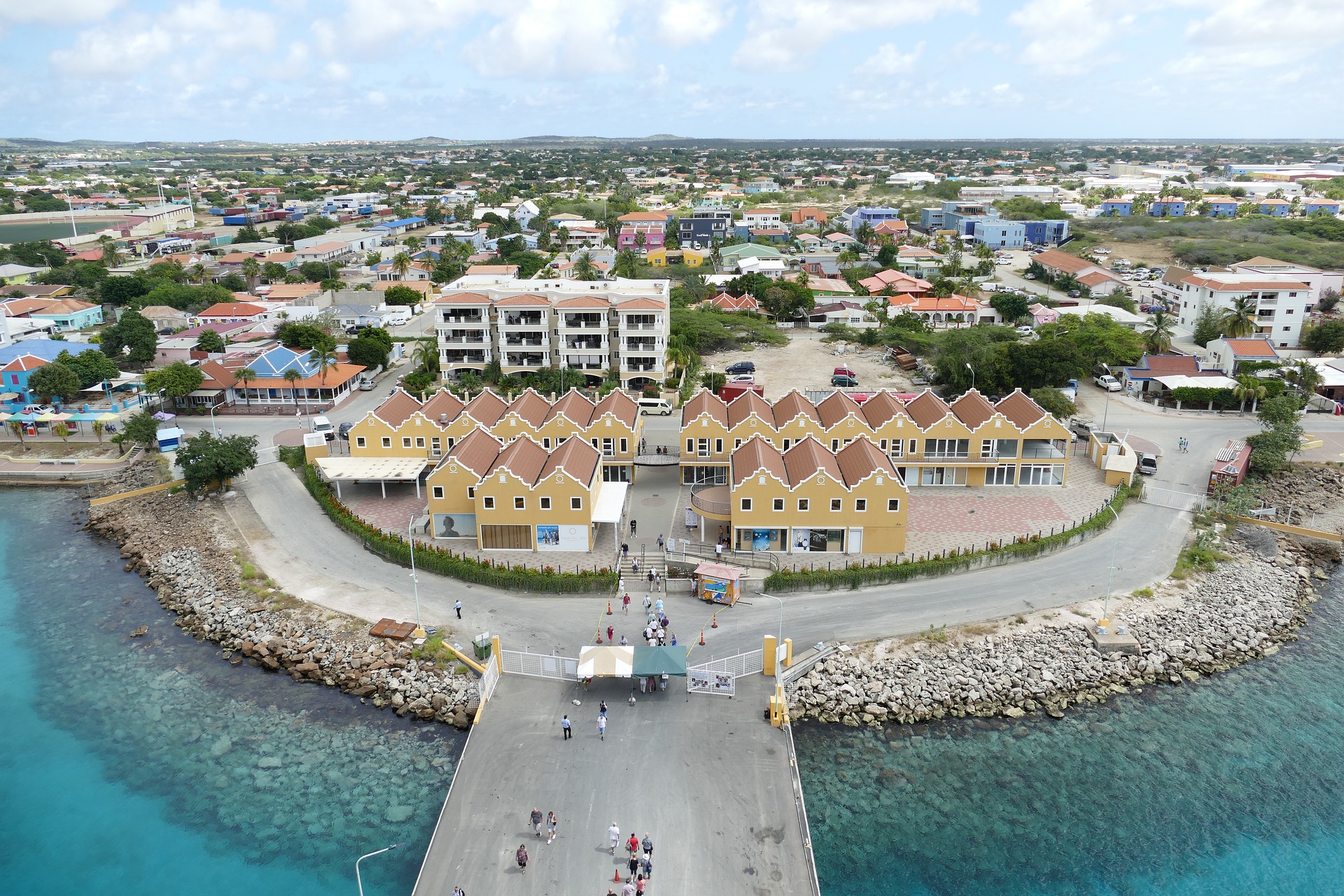
13. Learn to sail on Bonaire
A Bonaire to do that is truly unique! Do you want to do something different than snorkeling or diving? Then you can go sailing! If you can't sail yet, it is even possible to take sailing lessons on Bonaire. After one lesson you can already master it. Super fun to do and maybe something you can cross off your bucket list! You can take sailing lessons at the Bonaire Sailing School.
14. Canoeing among the mangroves at Lac Cai
At Lac Caic are mangroves that are more than 850 years old! Definitely worth a visit when you are on Bonaire. The best way to explore this area is by kayak. Make sure to get a kayak with a glass bottom so you can immediately see what's under the water! You also paddle a lot over the clear sea. You can also choose to do this with a tour to learn more about this place and its nature. Such a tour takes about 3 hours and costs between 50 and 60 dollars.
15. Explore Goto Lake
A Bonaire to-do that is really a must (since you are probably going to visit the National Park anyway)! The Gotomeer is located in the northwest of Bonaire and is the largest saltwater lake from Bonaire. The Gotomeer is naturally formed and is located in the Washington Slagbaai National Park. It is the place where the Caribbean flamingos breed. From the observation point you have a beautiful view of the Gotomeer and of the highest mountain of Bonaire: the Brandaris.
16. Visit the salt pans in Bonaire
Another nice Bonaire to do, or rather 'must see' are the salt pans. You will find this in the southern part of Bonaire. The salt pans and the brine lake takes up a large part of this. Salt has been mined here since the 17th century. At that time, slaves were used for this process. After the abolition of slavery, salt production became less and less lucrative, but it still happens. These large mountains of salt are definitely worth a look, especially because they are (or have been) such an important part of Bonaire. If you're lucky you can even get the Caribbean flamingo to mock. They have made the low salt water their natural habitat.
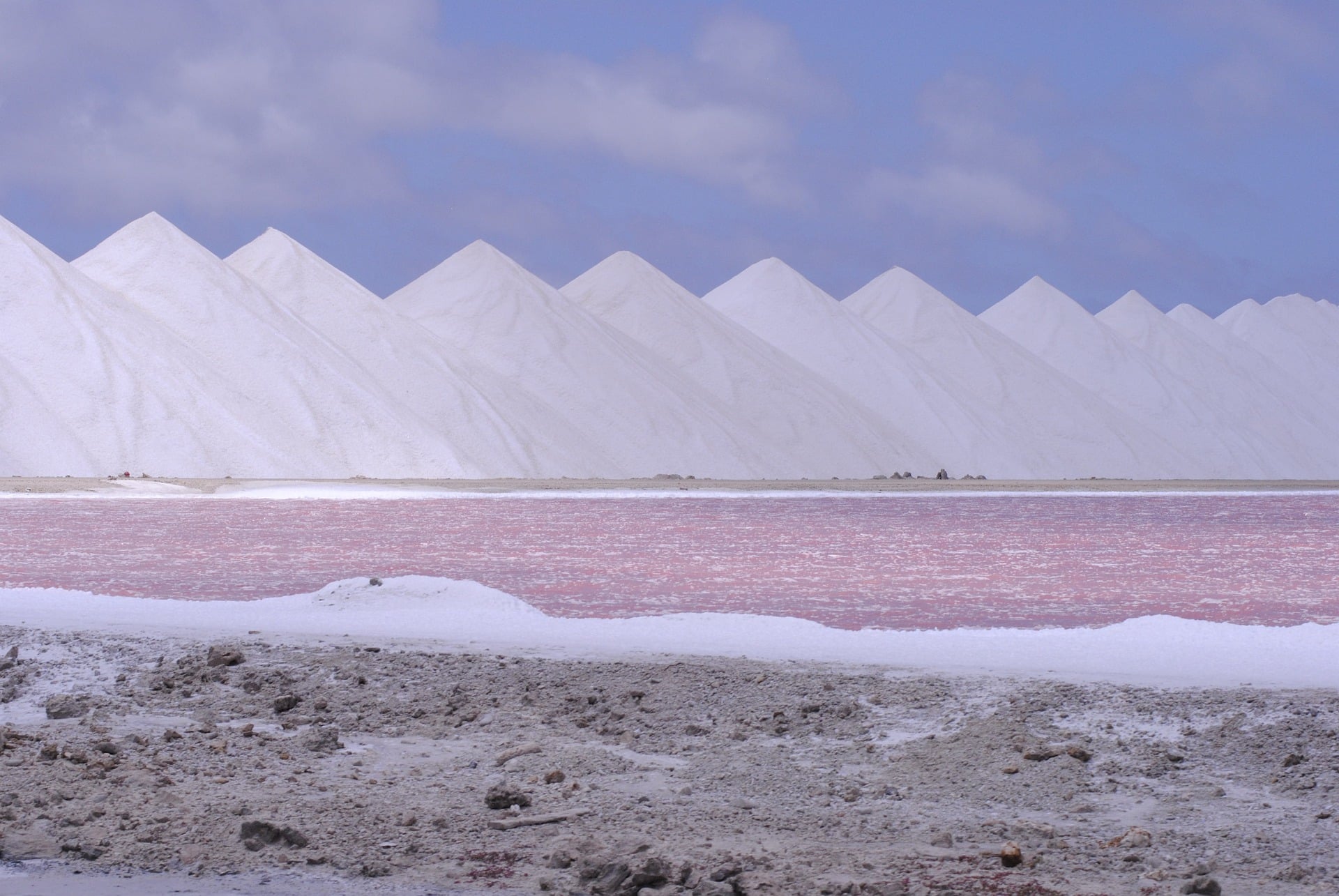
17. Island Hopping to Aruba
The distance from Bonaire to Aruba is 150 kilometers. The most popular way of island hopping on the ABC islands is by plane. There are several providers of flights, the cheapest of which is Insel Air. Use our Skyscanner tips to find the cheapest flight. You fly from the airport in Kralendijk, called Flamingo Airport and within 45 minutes you are at the airport in Aruba.
Aruba Things to Do
Of course, the island of Aruba is also excellent for snorkelling and diving. And, of course, there are also some super beautiful beaches that you can visit. But let's take a closer look at the activities and must-sees that differ from what Bonaire has to offer. This way you can get the most out of your visit to Aruba.
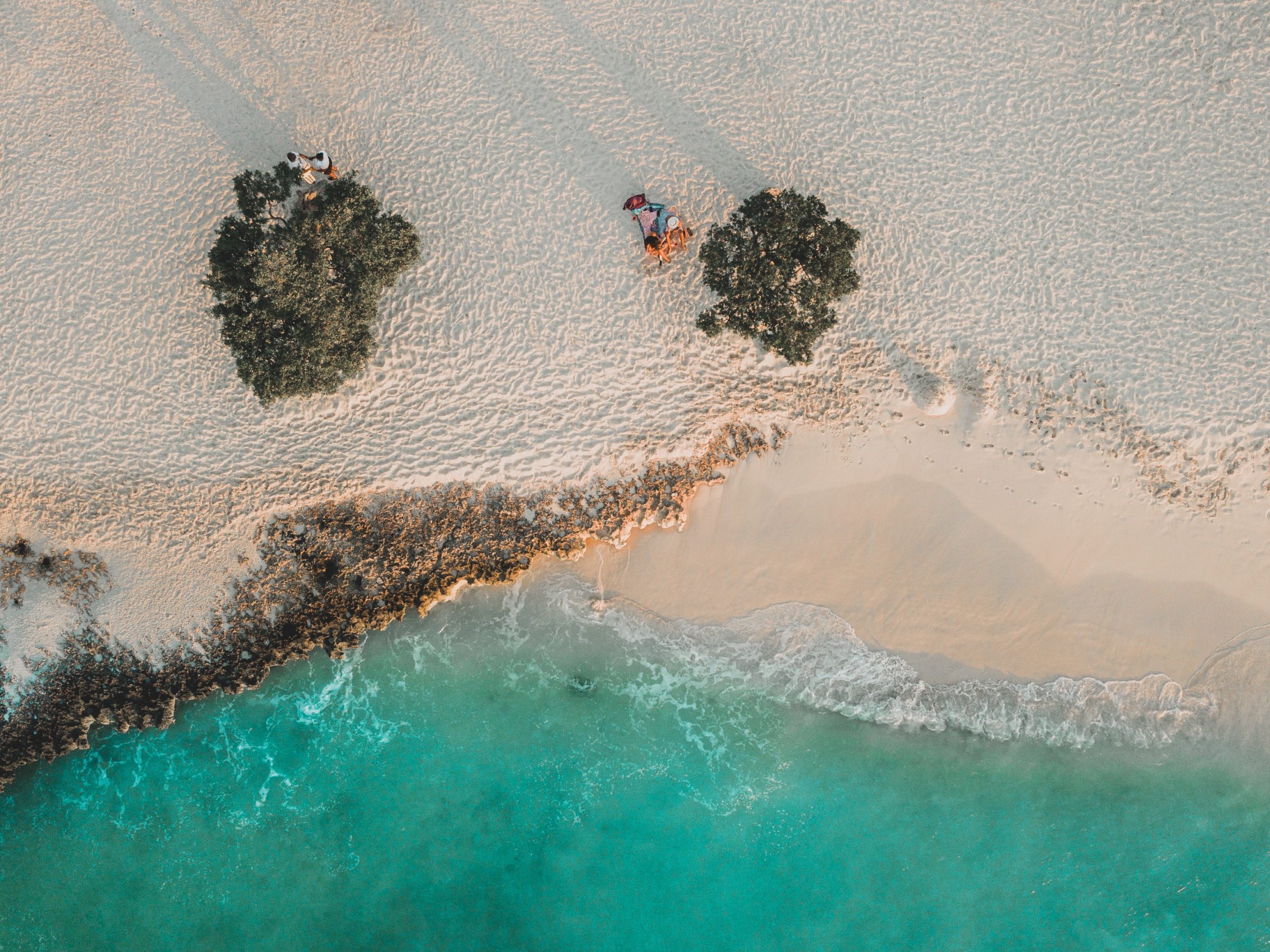
Street art in San Nicolas
The town of San Nicolas is decorated with cool street art. Originally, San Nicolas is known for the oil refinery that was present. It has been closed since 2012, which made the town less popular. To make it popular again among tourists, artists are working to transform the town and it has been an open-air museum ever since. Well worth a visit!
Casibari Rock Formations view point
From the Casibari rock formations you have a beautiful view over the island. You can see cacti here, you have a view of the Hooiberg, the sea and the cosy, colored houses that can be found in abundance in Aruba.
Arikok National Park
You already have a National Park seen in Bonaire, but Arikok National Park in Aruba is actually not to be missed. The National Park is about 20% of the entire island. The only difference is that you have to visit this park with a 4×4. The normal cars cannot handle this rugged landscape. So rent a 4×4, a quad or join a tour.
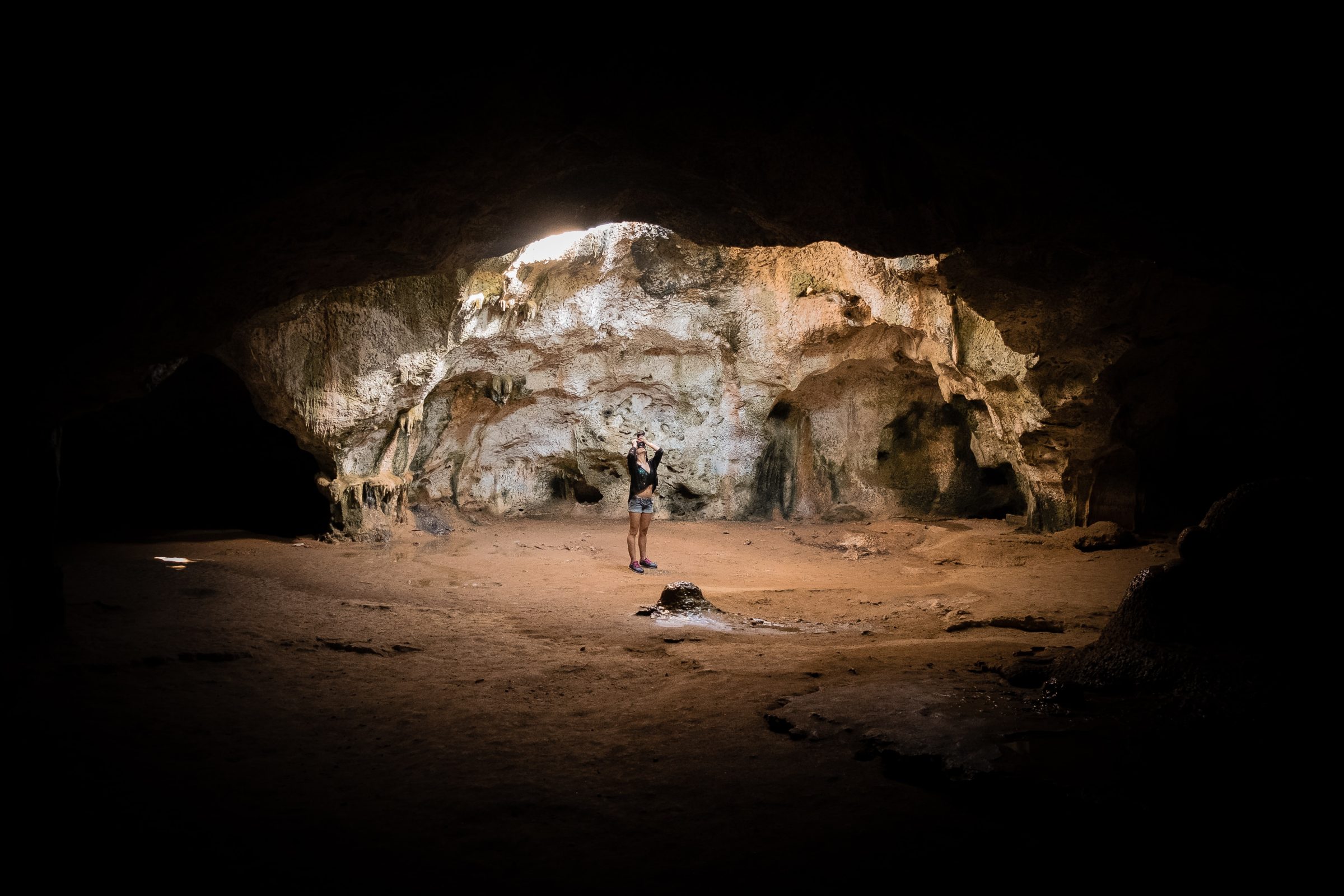
18. Island hopping to Curacao
Curaçao is located at a distance of only 52 kilometers from Bonaire. This short distance ensures that you can fly cheaply for about 50 euros. There are several airlines in the Caribbean that travel this route. You can fly from Bonaire to Curaçao within half an hour.
Curacao Things to Do
To start with, it is advisable to rent a car on this island as well. Public transport is not fast and since everything is quite spread out, a car is the best option. You drive the entire island from east to west in about 1 hour.
Climb the Christoffelberg
What to do in Curacao? Climbing the Christoffelberg of course! Put on your hiking boots and climb to the highest point of the island. The Christoffelberg is 375 meters high and it will take you about 1,5 hours. The climb is absolutely worth it. Once at the top, you will be rewarded with 360 degree views of the entire island.
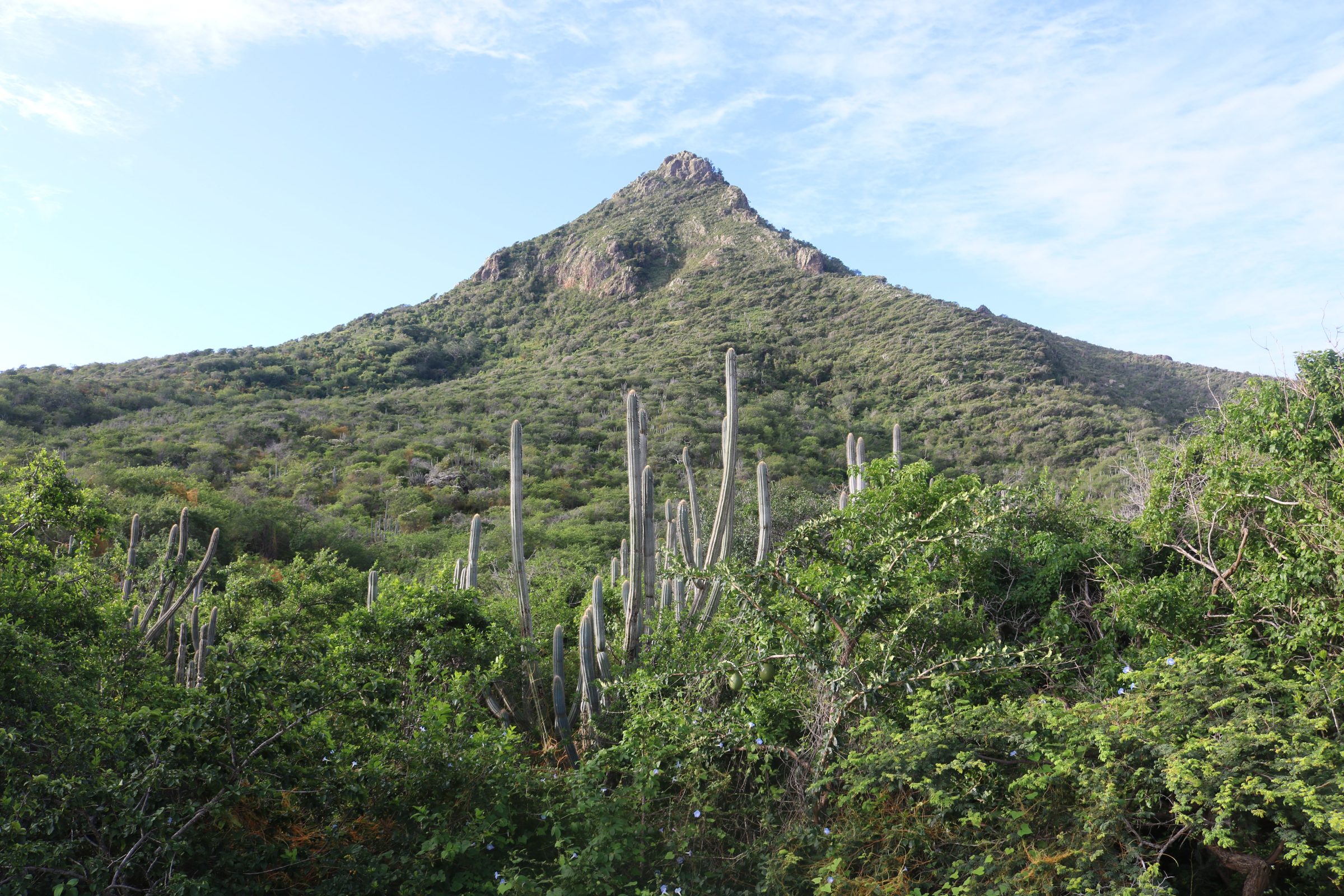
Swimming in the Tomasito Cave
Especially a nice place to escape from the bright sun! Park the car at Kura Hulanda Lodge, pay the entrance fee and you can walk to Tomasito Cave within a minute. Via a steep staircase you enter the small cave where there is a natural 'swimming pool'.
Strolling through Willemstad
You can't skip the capital of Curaçao, of course. The colorful houses give a super nice atmosphere. You will find the most instafamous houses in the Otrobanda and Pietermaai districts. Look for the hotspots in Willemstad and especially take the time to stop for a snack and drink at one of the many restaurants.

Practical information for Bonaire
The most practical thing about Bonaire is the fact that you can simply speak Dutch. Or Papiamento. The choice is yours! You pay here with U.S. dollars which you can withdraw on the spot or exchange in advance in the Netherlands. You can find the cheapest flights on Skyscanner.
Cheap flights to Bonaire
There are direct flights from the Netherlands to Bonaire KLM en TUI Fly. Sometimes you have a short stopover on the way there, the way back or both, for example Curaçao. The average travel time to Bonaire is approximately 9 to 10 hours. For a return flight you pay an average of 600 to 900 euros per person. You can find the cheapest flights on Skyscanner. Although KLM and TUI are the parties you ultimately book with, I recommend using Skyscanner to find and compare these flights.
Via the link below we will teach you how you can save a lot of money by scrutinizing Skyscanner, as there are quite a few tricks to score cheaper airline tickets.
Also read: Skyscanner | How to save (a lot of) money on flights
Upon arrival at Bonaire airport (Flamingo Airport) it won't take long before you're outside. Most accommodations will pick you up for free or for a fee. Do you have a rental car If you have booked, you can pick it up directly at the airport. A taxi is also an option. Useful to know: during summer time it is 6 hours earlier on Bonaire (18.00:12 PM in NL, 00:5 PM in Bonaire) and in winter 18.00 hours earlier (13:00 PM in NL, XNUMX:XNUMX PM in Bonaire).
Nice places to stay
Bonaire is not necessarily a cheap destination, because you can easily spend 100 USD per overnight stay (for 2 people). The Caribbean island has several neighborhoods, each with its own unique atmosphere and characteristics.
Most accommodations are located in or near Kralendijk. Handy if you want to be close to shops, restaurants and entertainment venues. In the neighborhoods Lechi Beach en Hato there are many diving resorts, villas and boutique hotels.
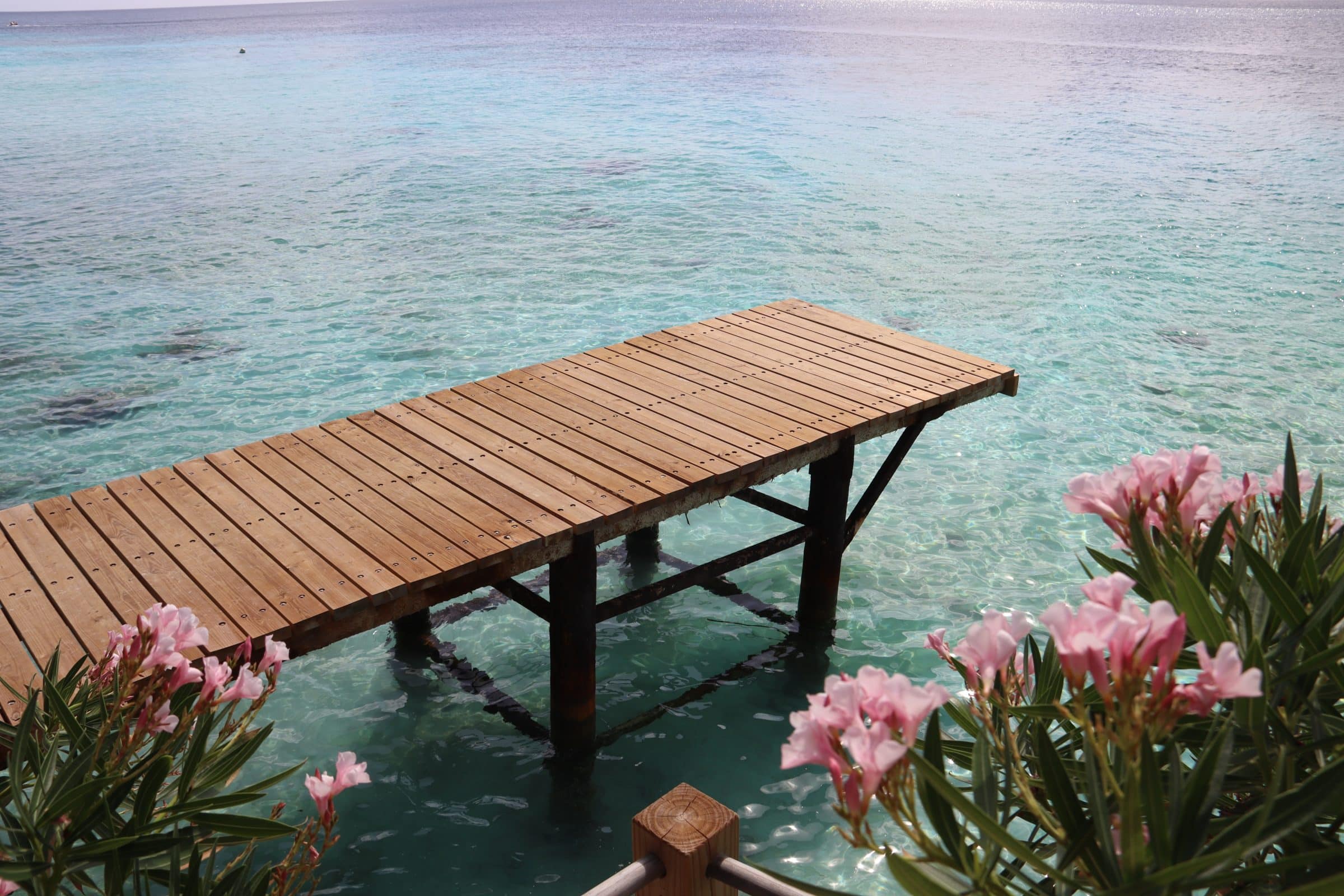
Would you rather be a bit out of the center with a nice view of Kralendijk? Then the neighborhood Santa Barbara (Location here) what for you. There are a handful of accommodations here, often on a smaller scale. Would you rather stay directly on one of the most beautiful beaches? Then look at the neighborhood White (Location here). Here are the more luxurious villas, resorts and apartments. Think about what is important to you and look for accommodation that meets your needs. Our recommendations:
• Ocean Breeze Boutique Hotel & Marina (click here)
• Aqua Viva Suites (click here)
• Buddy Dive Resort (click here)
• Bamboo Bonaire Boutique Resort (click here)
• Bloozz Resort Bonaire (click here)
• Delfins Beach Resort Bonaire (click here)
Climate of Bonaire
De Caribbean have a tropical savanna climate and therefore also Bonaire. This ensures that you can enjoy the sun all year round on this lovely island. Temperatures are around 30 to 32 degrees and even in the evenings it is still around 23 to 25 degrees. This makes it one of the best holiday destinations! However, keep in mind the rainy season on Bonaire. Most rain falls in the months of October, November and December. Do you really want to minimize the chance of a tropical rain shower? Then choose the months of February, March, April, May or June.
Best time to travel to Bonaire
Bonaire is a good destination to visit all year round. The dry season runs from January to September. Temperatures are between 25°C and 35°C, with almost always a cooling trade wind. The wind is strongest around the months of June and July, ideal if you want to windsurf or kitesurf. The sea water is also nice and warm at about 28 °C.

There is more chance of rain in the months of October, November and December. Although in practice this is not too bad, most rain falls in the evening and morning. Bonaire falls outside the hurricane area, but if there is a hurricane in the area, it will affect the weather. For example, the roads can flood, making potholes no longer visible. The Washington Slagbaai park may also be (partially) closed due to difficult roads. Fortunately, the sun often shows itself again quickly. Bonaire is actually rarely hit by major storms.
Diving is possible all year round, even during the rainy season. Almost all diving sites are easy to reach, you can walk straight into the water from the shore. In some months a lot of sargassum seaweed washes up on the beaches of Bonaire, usually at Lac Cai. A lot is done to clean it up as quickly as possible, as it gets quite smelly in the scorching sun. The amount is different every year and quite unpredictable.
Also read: Discover the best diving and snorkeling spots in the world
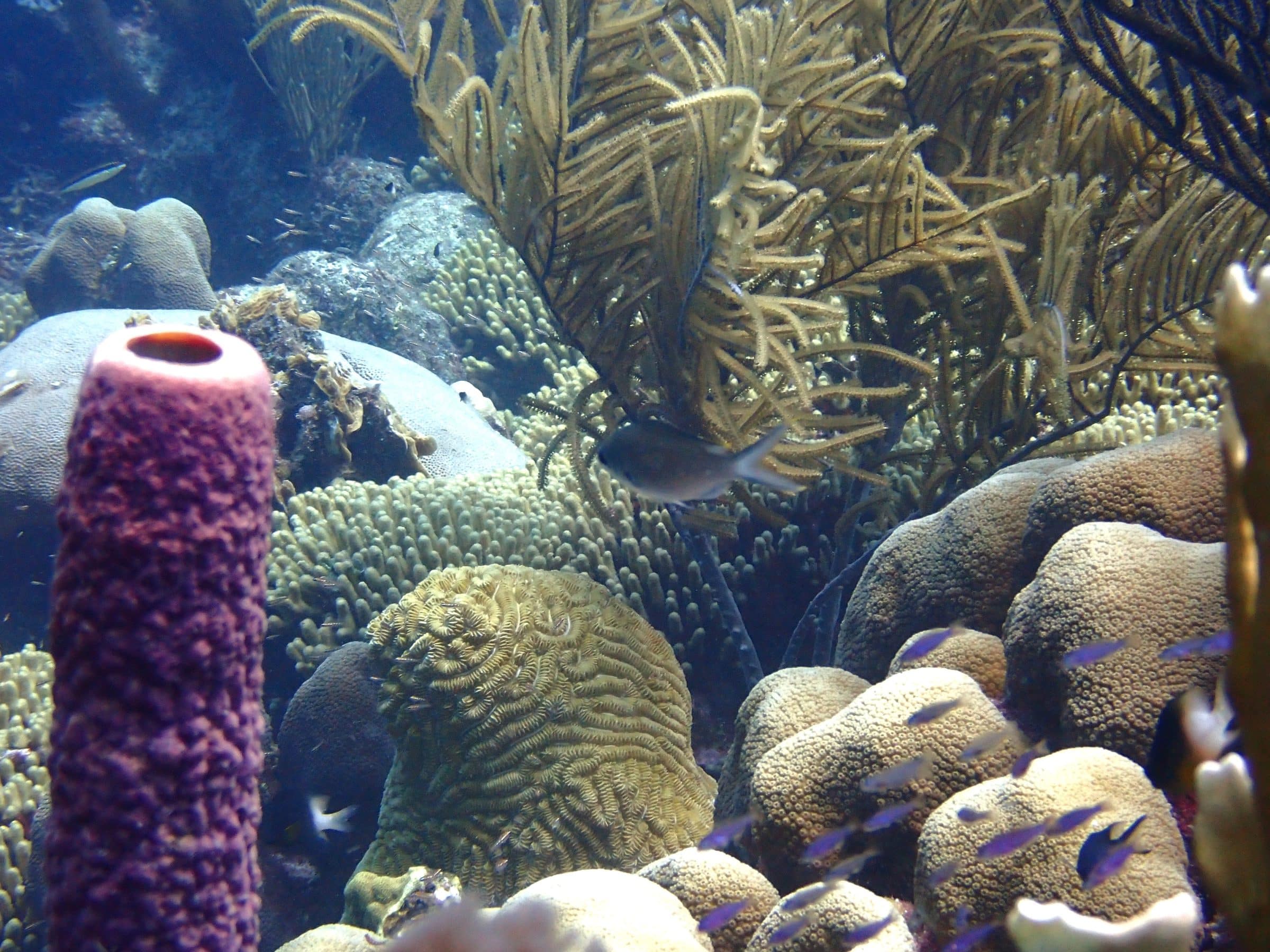
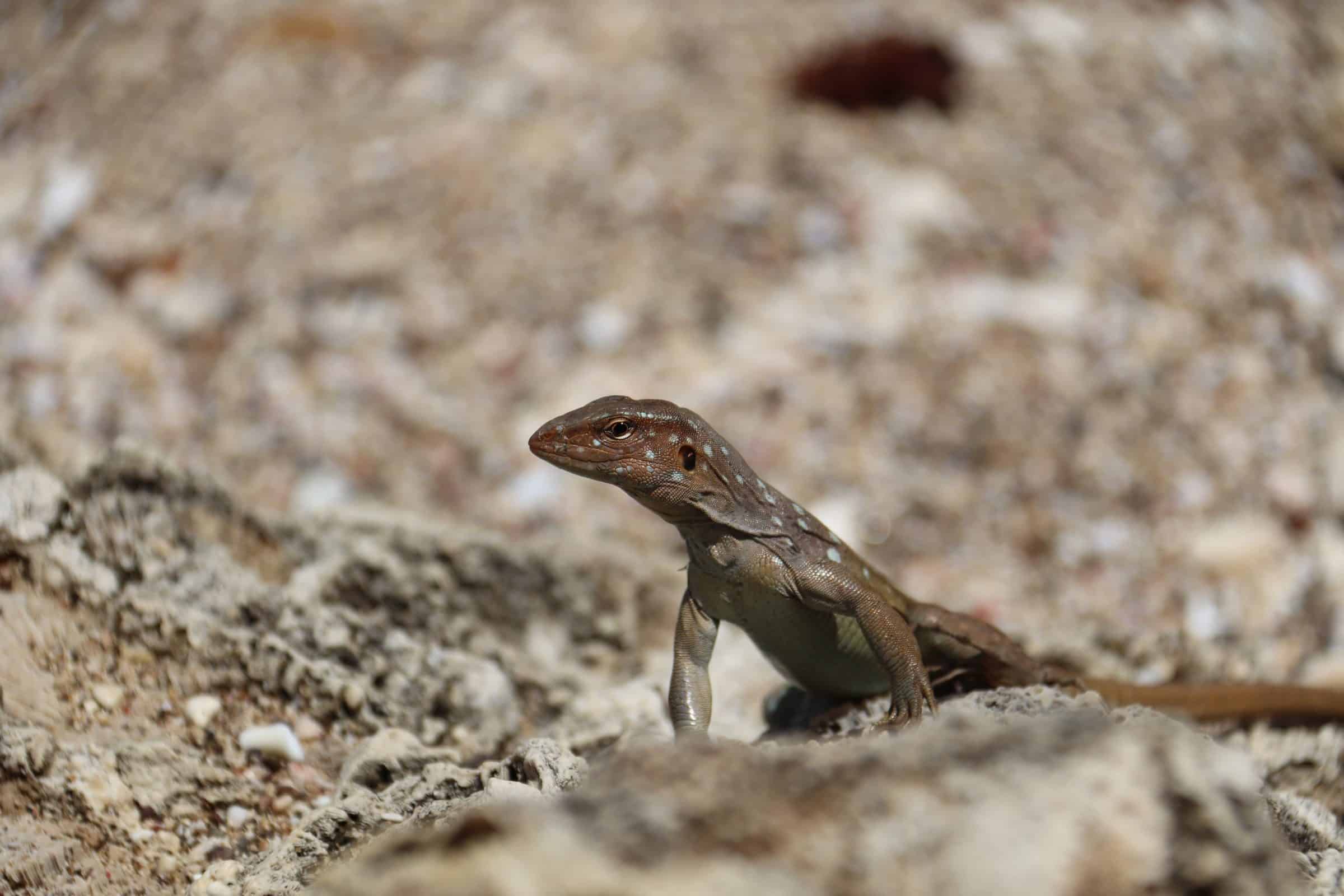
Traveling to the Caribbean
Are you completely convinced of a trip to the Caribbean islands? Read even more anticipation on our Caribbean page.












